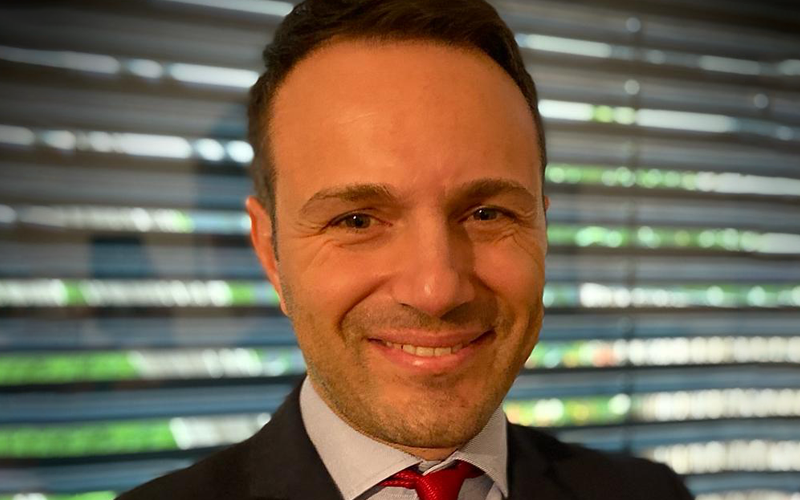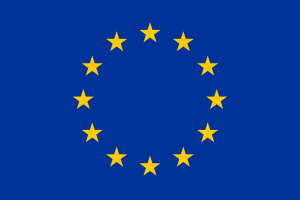Responding to aggressions! – Arben Kllokoqi

Over years, warmer temperatures change weather patterns posing risks to human and all other forms of life on Earth. We are so reliant on products and services that produce enormous damage to the environment, that we continue aggression towards climate even when we know very well the consequences.
In the last two decades, most developed countries that carry the main burden of causing detrimental impact on climate have been designing policies which translated into laws and regulations with the purpose of fighting climate change. Europe is the front runner on these policies and already committed to achieve carbon neutrality by 2050. In order to achieve this target, all the European countries shall invest in renewable energy (and other forms of clean energy), energy efficiency and, most importantly, decarbonise their economies. As part of decarbonisation, the coal phase out is the first and the most urgent step. This triggered an increase in gas demand, since gas was seen as the fuel that will ensure smooth transition towards fully decarbonised economy. Unfortunately, as the economy was recovering from the disruption caused by COVID-19, the Russian military aggression over Ukraine, preceded by the gas trade aggression over Europe, proved that the reliance on Russian gas as the transition fuel, was perhaps a huge strategic mistake.
Today, with the high energy prices Europe faces, European policy makers stand in a crossroad that requires them to ensure affordability and security of energy supply, but on the other hand not compromise the climate change policies.
In all its actions, two are considered key and non-regret measures; investment in technologies that utilises renewable sources and energy efficiency in general. There are specific targets for both, and the latest measures supported by the European Parliament, call for further electricity and gas savings through demand reduction (in particular, during the times/hours when demand is high and prices skyrocket).
In the last decade, Europe has seen a significant surge of renewable energy. Technology is becoming cheaper and more efficient, which no longer requires support from the Governments, but rather stable regulatory framework and market mechanism for self-consuming and/or marketing such energy.
Energy efficiency requires investment in infrastructure, digitalisation and innovation. It is always cheaper to invest in means that ensure efficient use of each energy unit produced, than investment on energy production capacity, which in addition to being costly are also harmful to the environment. We need to invest in isolating our houses better, isolating public and commercial buildings, using more efficient and smart appliances, reducing losses in production and transportation assets, smart girds, etc. Government’s role should be to create policies and conditions that incentivise such investments, while each of us should understand that there is a bigger price to be paid fur future generation if we do not act also with self-initiative.
The other dimension of using less is through active demand reduction. The electricity demand curve is one amongst the least elastic demand curves across different classes of assets and commodities. This is largely because of the high reliance that we have on electricity as a service and commodity. Nevertheless, there is a great deal of demand that can be reduced on industrial, small and medium businesses and even household consumption. In more mature markets, industrial demand participates in the market and acts based on the price signals. There is a considerable potential on smaller consumers to act, either through intermediary, the so-called aggregators, or directly simply by being an active consumers.
How do we become active consumers even in a non or less smart houses?
We could start by using less energy through not using electric lamps in the daylight; invest in energy efficient LED lights; turning lights or some of the lights off when we don’t need brightly lightened rooms; reduce the heater (including the hot water) or cooler for two or three degrees lower or higher; heat or cool only rooms that are used; unplug all appliances (chargers, screens, etc.) that we are not using, invest in smart appliances if you can afford, and respond to the calls made by your supplier, system operator and Governments in relation to the demand reduction. If all these actions we do, in particular during the peak hours which are the hours in the evening or daytime in general, and then add also actions which shift demand, such as using dish washer, washing machine, ironing, and other machines and appliances during very early or night hours, the benefits are tripled.
Such actions make you a great contributor in the fight against climate change and fight against reliance on Russian gas, make the demand curve more elastic (meaning that energy price even for the energy units we use is lower), and ultimately reduce our energy bills.
No matter how big your energy consumption is, don’t miss the chance to be among the heroes against these aggressions.
Writes: Arben Kllokoqi
The author is currently working for EFET as Director for Electricity Market Design and has previously worked for the Energy Community Secretariat as Electricity Market Expert. The views and opinions expressed in this text are those of the speakers and do not necessarily reflect the views or positions of any entities he works or worked for.





